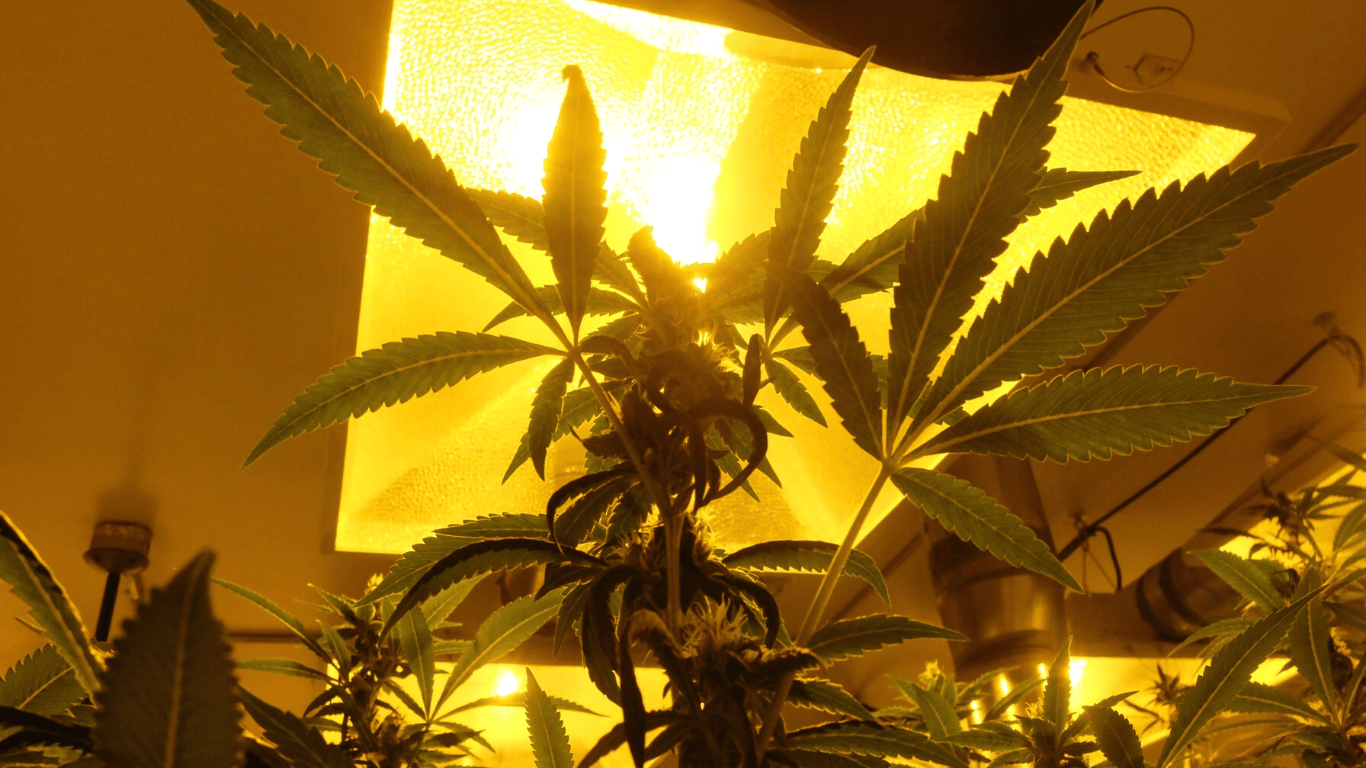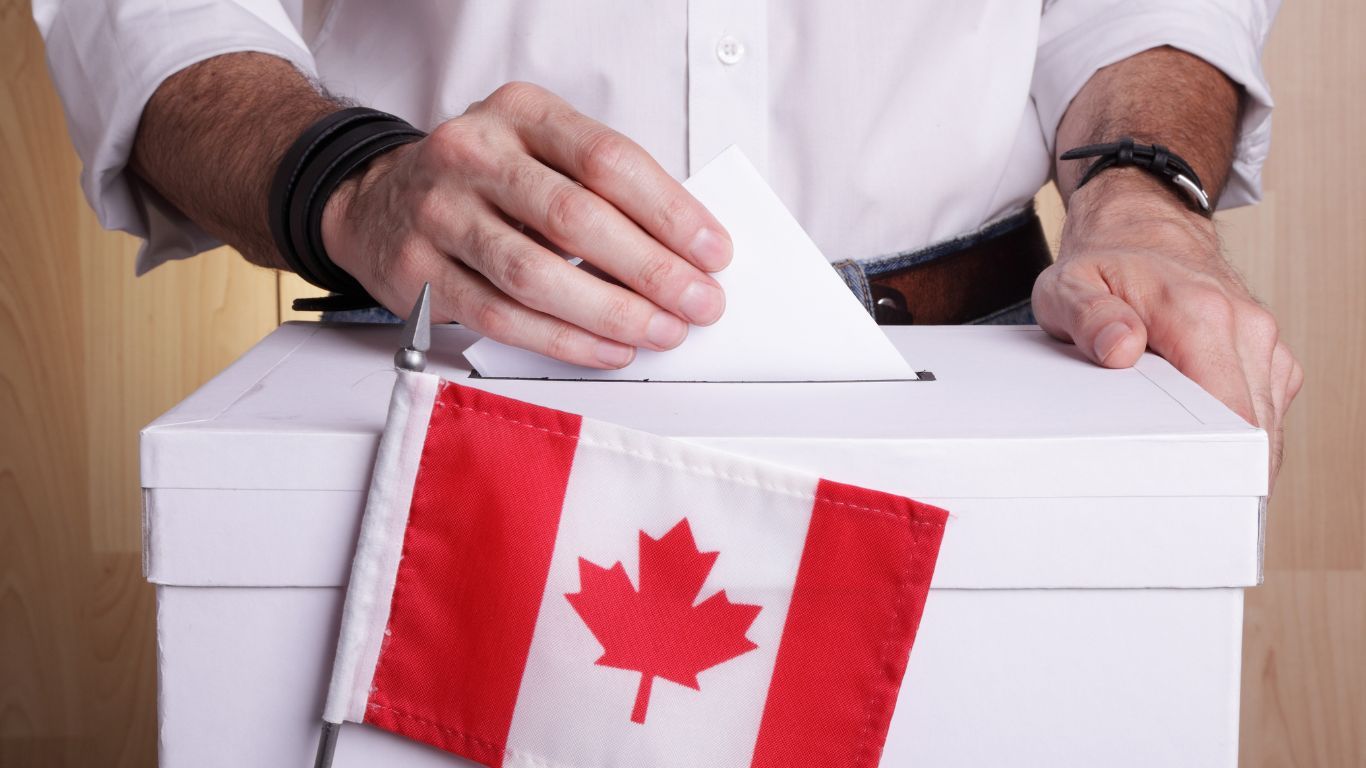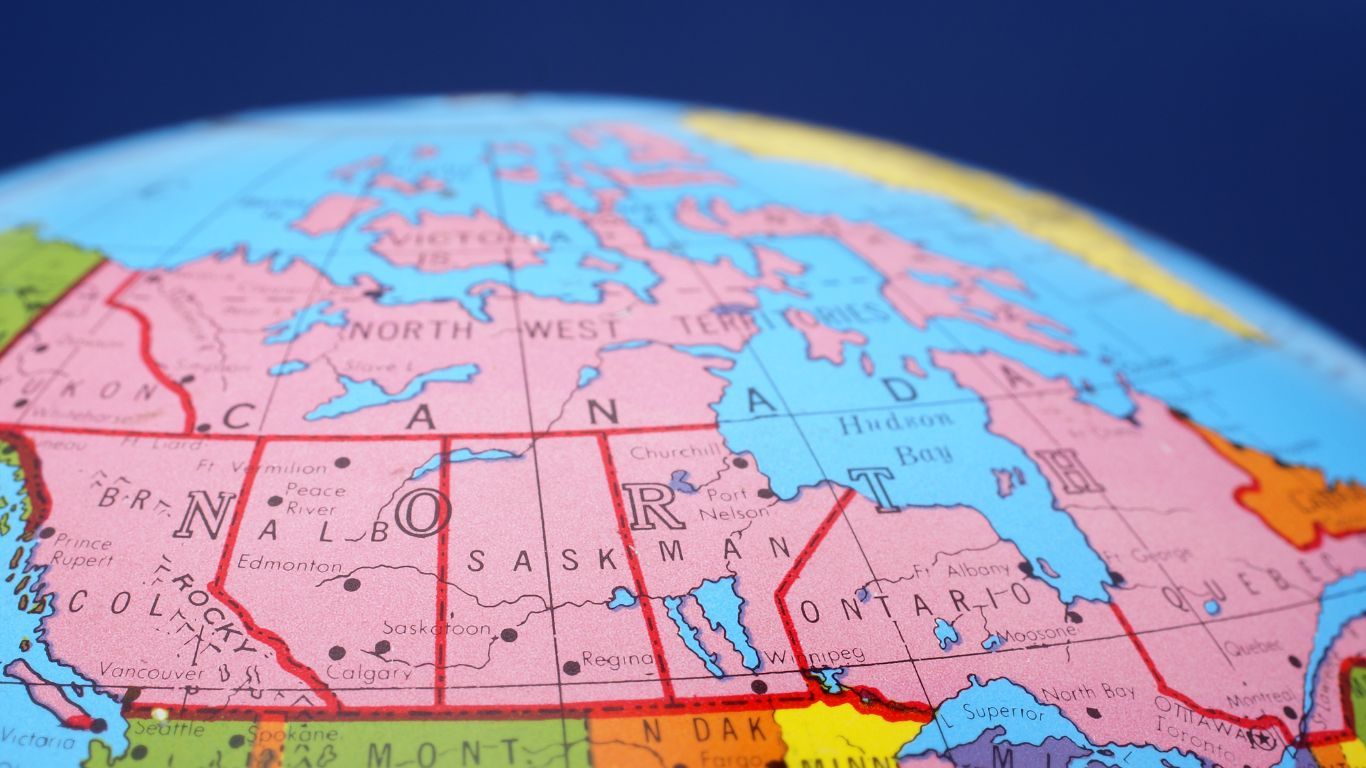
Jeff Seabrook describes his experience trying to set up a legal cannabis micro nursery as “hell” — and it wasn’t obtaining Health Canada licensing that was the issue.
He had in fact gotten the green light from the federal agency to cultivate cannabis on a small plot of land in Abbotsford, B.C. last year, secured $3 million in funding to purchase a nursery and had about six meetings with the Abbotsford municipality about the operation.
But at the very last minute, he got a letter from the city barring him from growing, citing a problem with the building permit. “The property has to be in good standing with the municipality, that’s one of the criteria. Now it turns out, a previous owner had not paid for the building permit in full 20 years ago. I asked the city if there was any way I could retroactively pay it and they said no. It was crazy talk!”
Seabrook ended up abandoning the plan before actually signing the $3 million mortgage, so he didn’t actually lose a whole lot of money. “But it was so frustrating, and just so disappointing. Getting Health Canada licensing was hard enough, they required multiple security checks, it took up a lot of my time and energy. Then I find out that the municipality just doesn’t want me there.”
Seabrook’s experience isn’t an anomaly, according to various cannabis consultants and micro-cultivators operating in B.C. In fact, according to Janeen Davis, Director of Business Development and Client Services at BC Craft Supply Co., numerous would-be micro growers are still facing challenges getting their sites approved by municipalities, almost two years into federal legalization.
“The bottomline is, we now see growers having to uproot themselves and move far away just to get into the legal market. This isn’t a federal problem, but maybe it should become one because it’s clear that it’s not enough to just obtain a licence from Health Canada.”
Janeen Davis, director of business development and client services, BC Craft Supply Co.
Many municipalities across the country, but particularly in Ontario and B.C., have zoning bylaws that split “farming” and “non-agricultural use” into separate approval categories. In B.C., unless cannabis is grown in an Agricultural Land Reserve area, most municipalities require a special permit to allow production to take place.
But according to Davis’ count, there are almost 90 municipalities in the province that don’t have any zones that permit cannabis cultivation or have outdated medical cannabis bylaws that are simply not conducive for micro-growers. Just a handful of regions and municipalities, like Clearwater, Ladysmith, Creston and Kelowna, for example, allow cultivation on a small scale in more than one zone outside Agricultural Land Reserves.
And even in municipalities like Abbotsford, Delta and Bowen Island that do not allow cultivation outside ALR zones, getting permission to grow within an ALR zone is increasingly arduous and fraught with logistical barriers.
“We sent a letter to Delta five months ago, with all the necessary information and proof that we had obtained a Health Canada licence, and we are still being asked to come into meetings and provide additional detail on our backgrounds to the municipality,” said one aspiring grower, who asked only to be called James (not his real name). James was technically involved in the illicit market for years in the Vancouver area because he worked at a dispensary, but does not have a criminal record, and passed Health Canada’s background check.
“I don’t know what the municipality has heard about me, maybe that’s the reason. But I’m just trying to transition to the legal market, isn’t that what everyone wants?”
Adam van Beelen is currently in the process of obtaining approval from the Capital Regional District (CRD) — the regional government for 13 municipalities and three electoral areas in southern Vancouver Island — and describes the process as an “ordeal”.
“I have talked with many builders about their personal dealings with the CRD and none of them have stories like I have heard from people trying to build a micro cannabis facility,” he said in an email describing the challenges he has faced over the past four months.
For example, van Beelen said that they leased a mobile washroom on site because Health Canada states that a facility bathroom needs to be on the premises. When they submitted that plan to the CRD, the district office said having a bathroom outside was not up to code.
“We had to redesign our building to fit a washroom and the whole ordeal took two months and cost thousands of dollars,” he said. He’s now in a back and forth with the department about a structural issue in the building regarding a wall that he removed to make the building “safer and more accessible”, but that the regional district has had some concerns with. “The issue is still not resolved as of June 23, 2020… The CRD has made it very clear that they have a biased opinion against the cannabis industry which is now 100 per cent legal,” van Beelen said.
“The city of Castlegar has only allowed production in a specified area of our airport lands but will be amending our regulations to allow (cannabis cultivation) in our industrial zones over the next few months, with a hope to integrate related uses to create cannabis hubs where cultivation, processing and value added can co-locate.”
Meeri Durand, manager of planning, development and sustainability at the city of Castlegar
Pitt Meadows, in BC’s Lower Mainland, about 30 minutes outside Vancouver, has limited any commercial cultivation of cannabis to within the area of their jurisdiction designated as Agricultural Land Reserve (ALR). This is in accordance with the province’s Agricultural Land Commission’s policies and regulations on cannabis. In general, the ALC only allows cannabis to be grown on ALR if it is grown outdoors or in existing infrastructure, no new construction. ALR rules do not allow municipalities to prevent cannabis activities on ALR land that are within their guidelines.
Pitt Meadow’s neighbour to the east, Maple Ridge, had originally refused to hear any applications for cannabis production facilities in early 2019 based on a staff report from February. This included them deferring one application before the Council in April of the same year. During the presentation in February, city staff mentioned that the most common cannabis related use question they received was in regard to micro cultivation licences.
Staff also noted the high number of personal cannabis grows in Maple Ridge who may benefit from a clear path to transition to the regulated legal, market.
“There have been community concerns and possible impacts, but further there are an estimated eight hundred personal and designated grower Health Canada licenses in Maple Ridge and presumably, some of these uses would value an opportunity to transition in to a commercial production facility. Probably smaller scale.”
This staff report was originally to be presented to Maple ridge Council in May 2019, but a report has not of yet been presented. A guide for applying for a cannabis production licence in the city was posted in September 2019, but requires a Health Canada application prior to getting a building permit. Health Canada’s regulations require a building in place prior to applying for a federal licence.
Editor’s Note: Maple Ridge is now expected to table new zoning bylaws for commercial cannabis production on June 21, relegating them to certain agricultural zones.
Abbotsford, Delta, Pitt Meadows, Maple Ridge, and the CRD did not respond to requests for comment for this article.
Some areas across the province, says Meeri Durand, Manager of Planning, Development and Sustainability at the city of Castlegar in the West Kootenay region of B.C., have done well with integrating cannabis cultivation into industrial and commercial zones.
“Kelowna has a pretty solid framework,” she said. “The city of Castlegar has only allowed production in a specified area of our airport lands but will be amending our regulations to allow (cannabis cultivation) in our industrial zones over the next few months, with a hope to integrate related uses to create cannabis hubs where cultivation, processing and value added can co-locate.”
“I don’t know why communities would in fact want to zone craft producers out. Because what is happening is that those communities are losing out on significant opportunity… we are aware of the issue and are working with local government to encourage them to recognize that there’s significant economic opportunity here for their communities and the small scale ones often avoid a lot of the challenges that we’ve seen with some of those major, massive grow op facilities that you have seen in Langley, for example, and the more heavily populated metropolitan areas.”
MIKE FARNWORTH, BC’s Minister of Public Safety and Solicitor General
To date, Health Canada has issued 44 production licences to micro-cultivators and 10 licenses to cannabis nurseries. Some micro-cultivators, like Katy Connelly of Sea Dog Farm, have not had the same obstacles that other growers have had in dealing with the municipalities, because they managed to purchase ALR land. The overall process of applying to Health Canada and obtaining the licence, took roughly seven months, said Connelly, who operates a facility in Saanich, B.C.
In the end, Seabrook chose to set up shop all the way in Ladysmith simply because it was a municipality that was far more receptive to cannabis growing, and allowed cultivation outside ALR loans with relatively little hassle.
“There’s not much going on in Ladysmith now, because they once had a mill that closed down. So I think they really saw the benefit of having new micro cultivators come in to create some sort of employment,” Seabrook said.
And that’s exactly the problem, concludes Davis. “The bottomline is, we now see growers having to uproot themselves and move far away just to get into the legal market. This isn’t a federal problem, but maybe it should become one because it’s clear that it’s not enough to just obtain a licence from Health Canada.”
https://stratcann.com/kootenay-cannabis-growers-benefit-from-local-licensing-program/
For the province’s part, their lead spokesperson on cannabis, Minister of Public Safety and Solicitor General Mike Farnworth says they are aware of the issue and attempting to broach the topic with municipalities to help them understand the economic opportunities available.
“We are aware of it,” Farnworth said during a recent virtual town hall held by the Tri-Cities, Chamber of Commerce. “One of the things we’re trying is to work with local governments, too. I don’t know why communities would in fact want to zone craft producers out. Because what is happening is that those communities are losing out on significant opportunity.
“But having said that, there are many parts of the province where communities are welcoming them in, the Kootenays for example, I know certainly in parts of the Okanagan. But we are aware of the issue and are working with local government to encourage them to recognize that there’s significant economic opportunity here for their communities and the small scale ones often avoid a lot of the challenges that we’ve seen with some of those major, massive grow op facilities that you have seen in Langley, for example, and the more heavily populated metropolitan areas. “
-Additional input from David Brown











